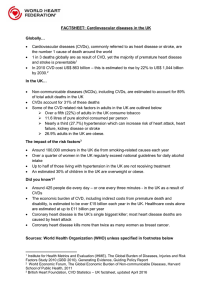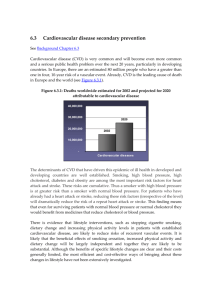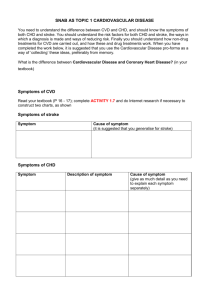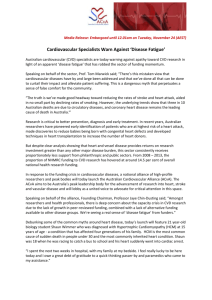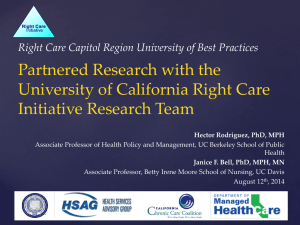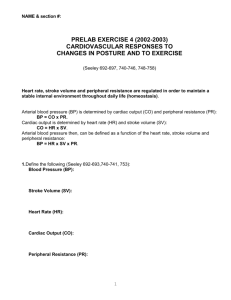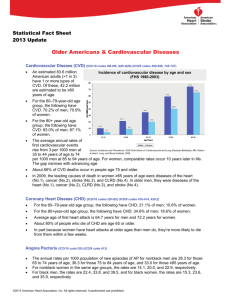Differential predictors of stroke and cardiovascular disease as they
advertisement
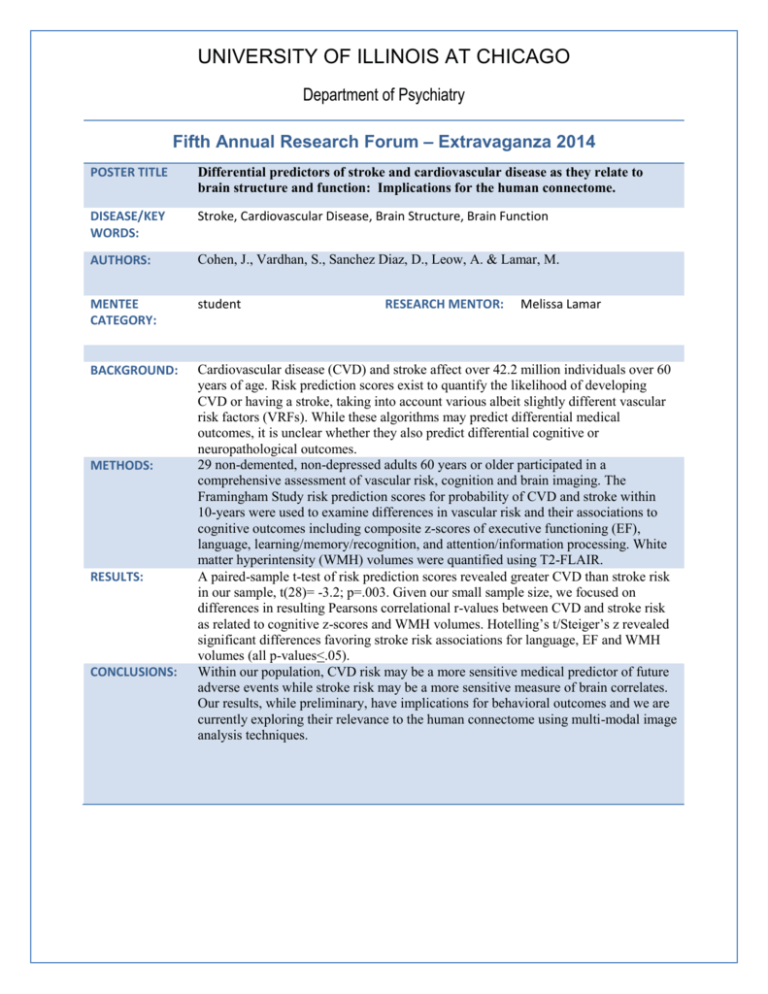
UNIVERSITY OF ILLINOIS AT CHICAGO Department of Psychiatry Fifth Annual Research Forum – Extravaganza 2014 POSTER TITLE Differential predictors of stroke and cardiovascular disease as they relate to brain structure and function: Implications for the human connectome. DISEASE/KEY WORDS: Stroke, Cardiovascular Disease, Brain Structure, Brain Function AUTHORS: Cohen, J., Vardhan, S., Sanchez Diaz, D., Leow, A. & Lamar, M. MENTEE CATEGORY: student BACKGROUND: Cardiovascular disease (CVD) and stroke affect over 42.2 million individuals over 60 years of age. Risk prediction scores exist to quantify the likelihood of developing CVD or having a stroke, taking into account various albeit slightly different vascular risk factors (VRFs). While these algorithms may predict differential medical outcomes, it is unclear whether they also predict differential cognitive or neuropathological outcomes. 29 non-demented, non-depressed adults 60 years or older participated in a comprehensive assessment of vascular risk, cognition and brain imaging. The Framingham Study risk prediction scores for probability of CVD and stroke within 10-years were used to examine differences in vascular risk and their associations to cognitive outcomes including composite z-scores of executive functioning (EF), language, learning/memory/recognition, and attention/information processing. White matter hyperintensity (WMH) volumes were quantified using T2-FLAIR. A paired-sample t-test of risk prediction scores revealed greater CVD than stroke risk in our sample, t(28)= -3.2; p=.003. Given our small sample size, we focused on differences in resulting Pearsons correlational r-values between CVD and stroke risk as related to cognitive z-scores and WMH volumes. Hotelling’s t/Steiger’s z revealed significant differences favoring stroke risk associations for language, EF and WMH volumes (all p-values<.05). Within our population, CVD risk may be a more sensitive medical predictor of future adverse events while stroke risk may be a more sensitive measure of brain correlates. Our results, while preliminary, have implications for behavioral outcomes and we are currently exploring their relevance to the human connectome using multi-modal image analysis techniques. METHODS: RESULTS: CONCLUSIONS: RESEARCH MENTOR: Melissa Lamar
